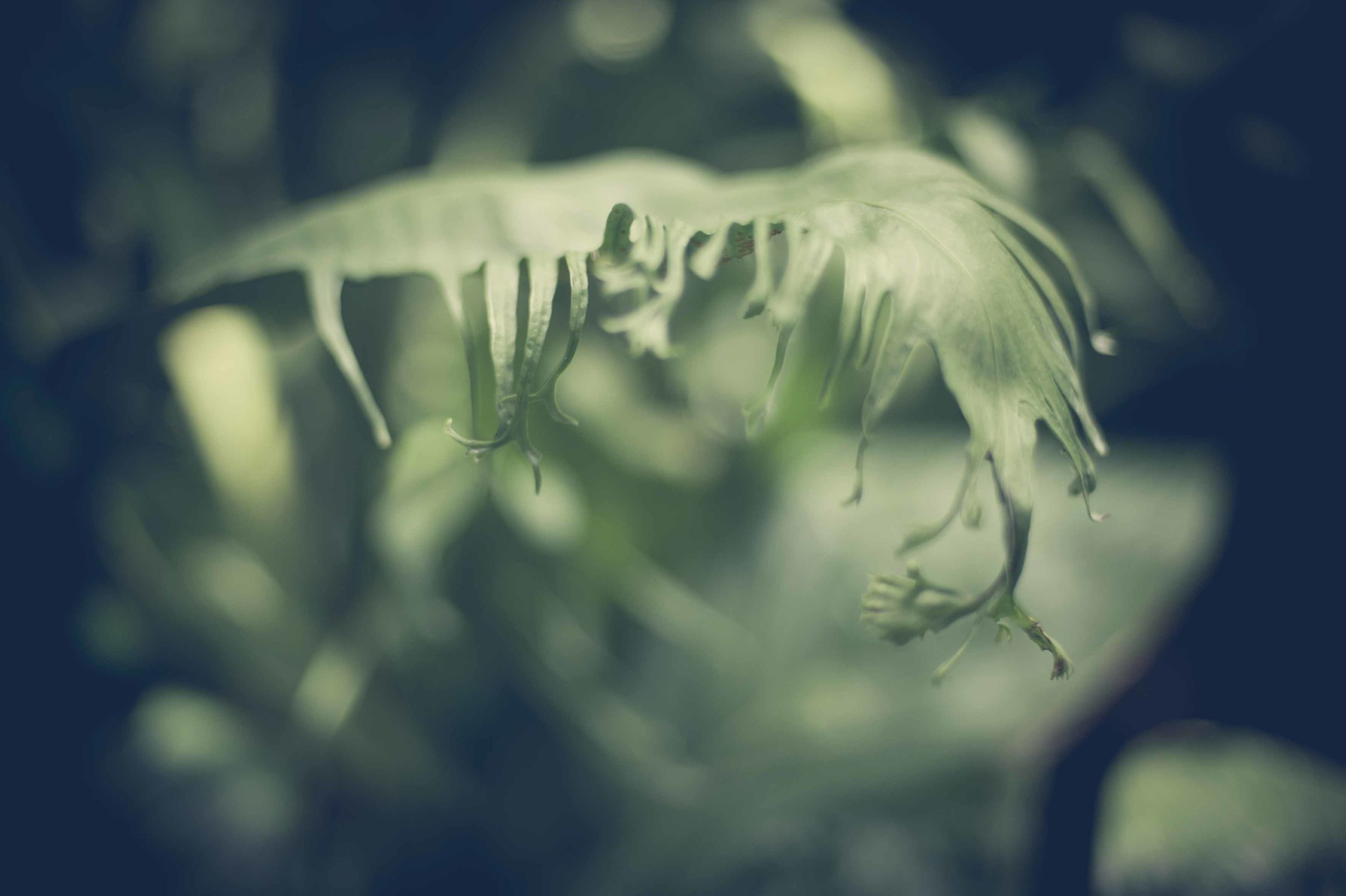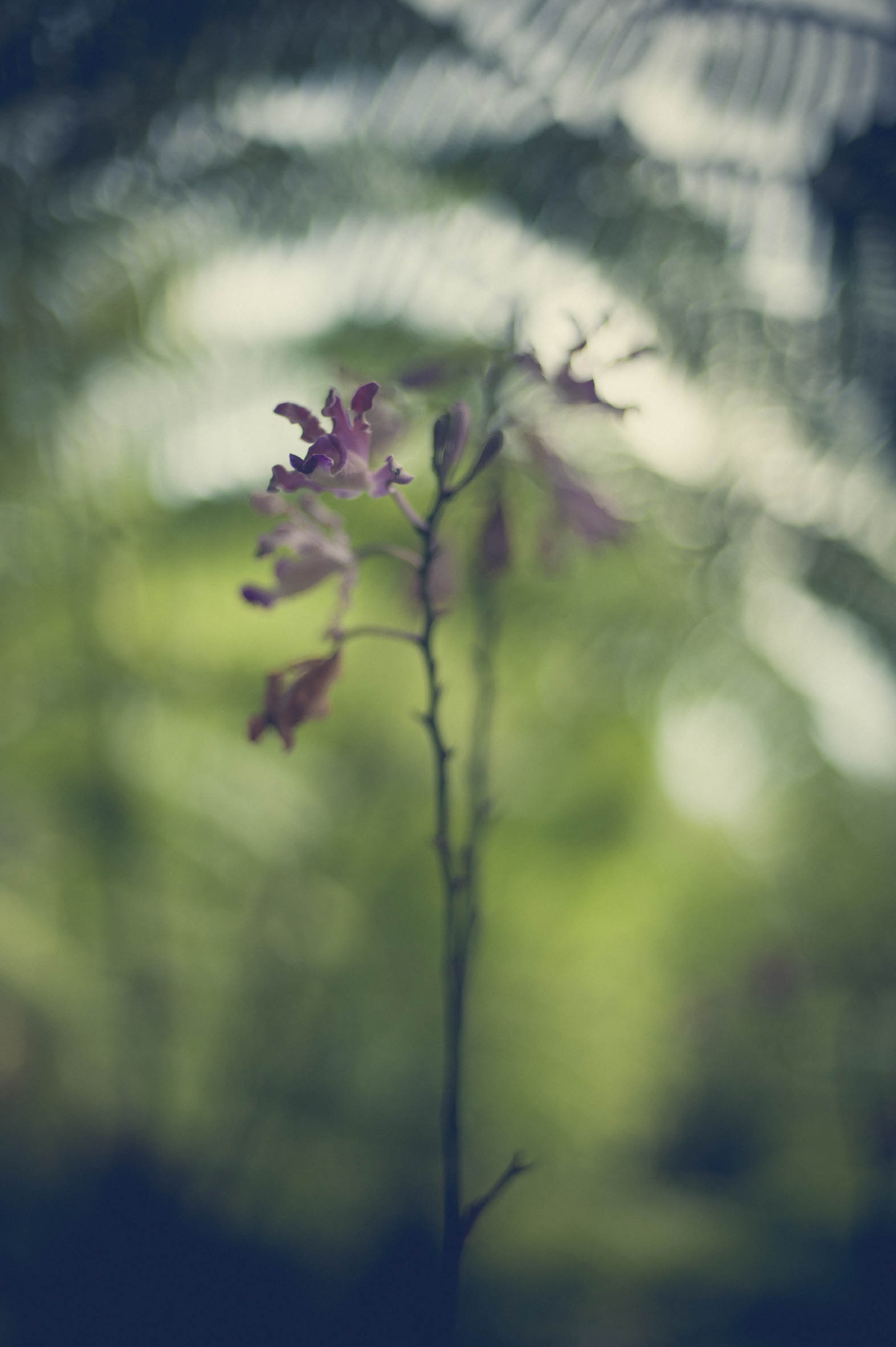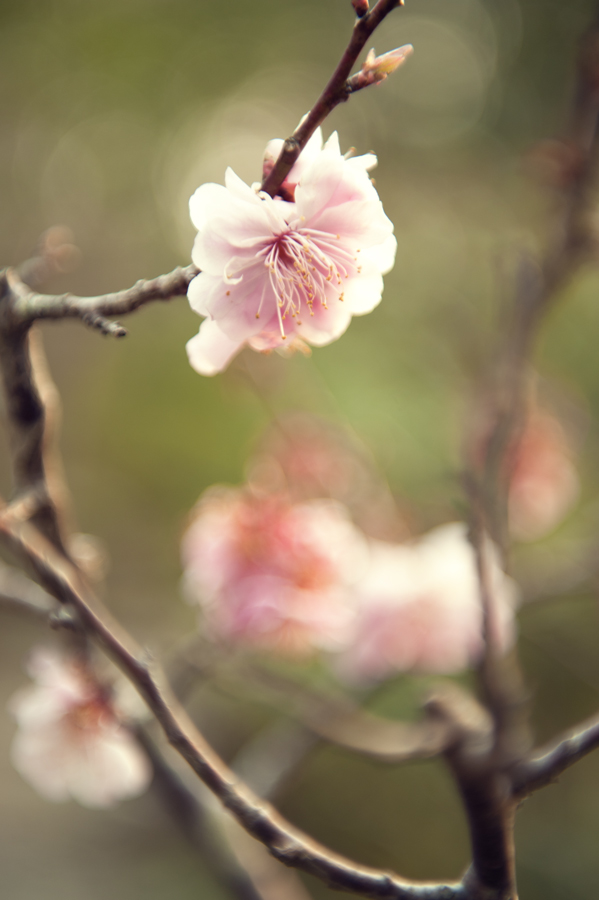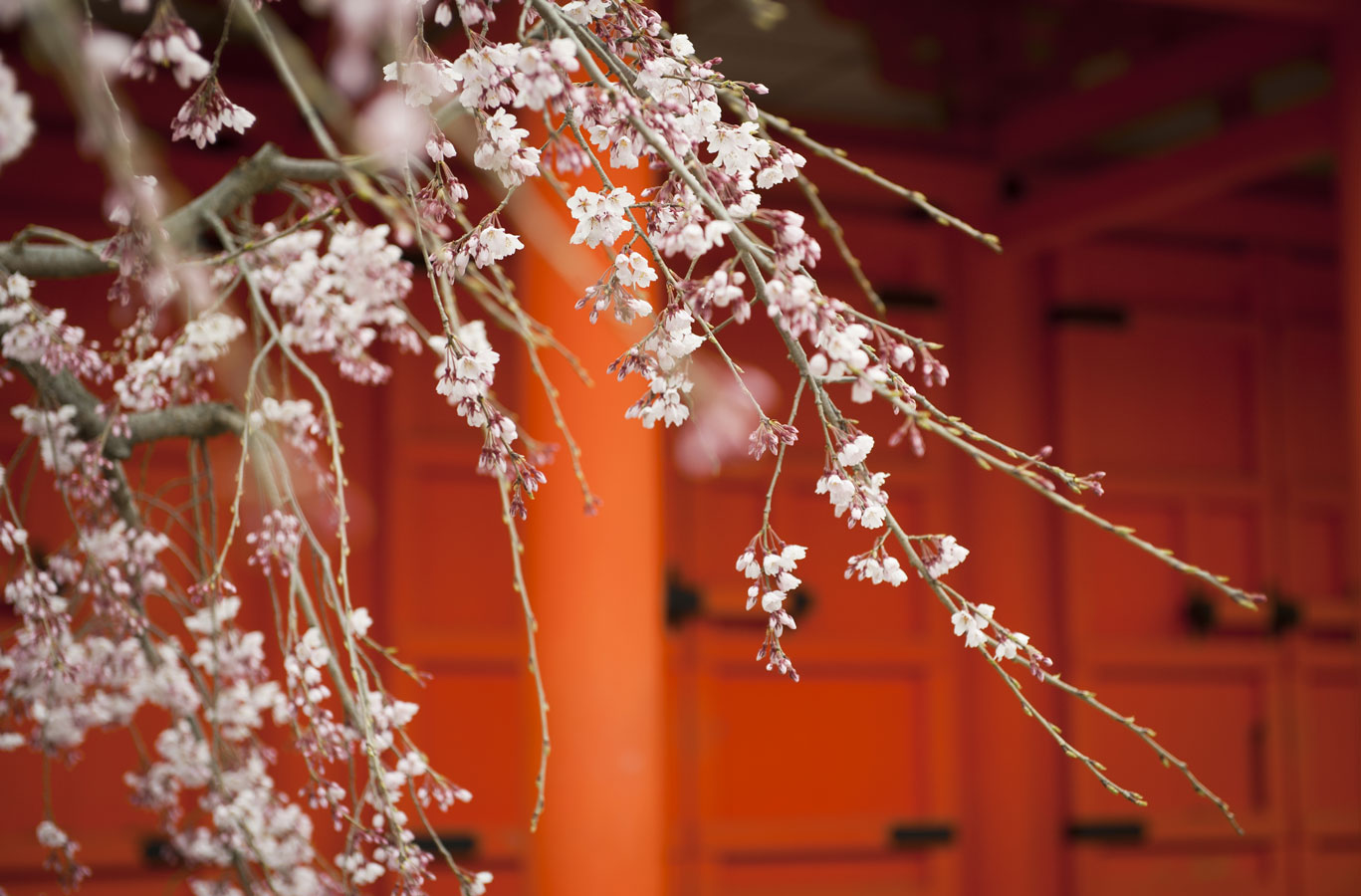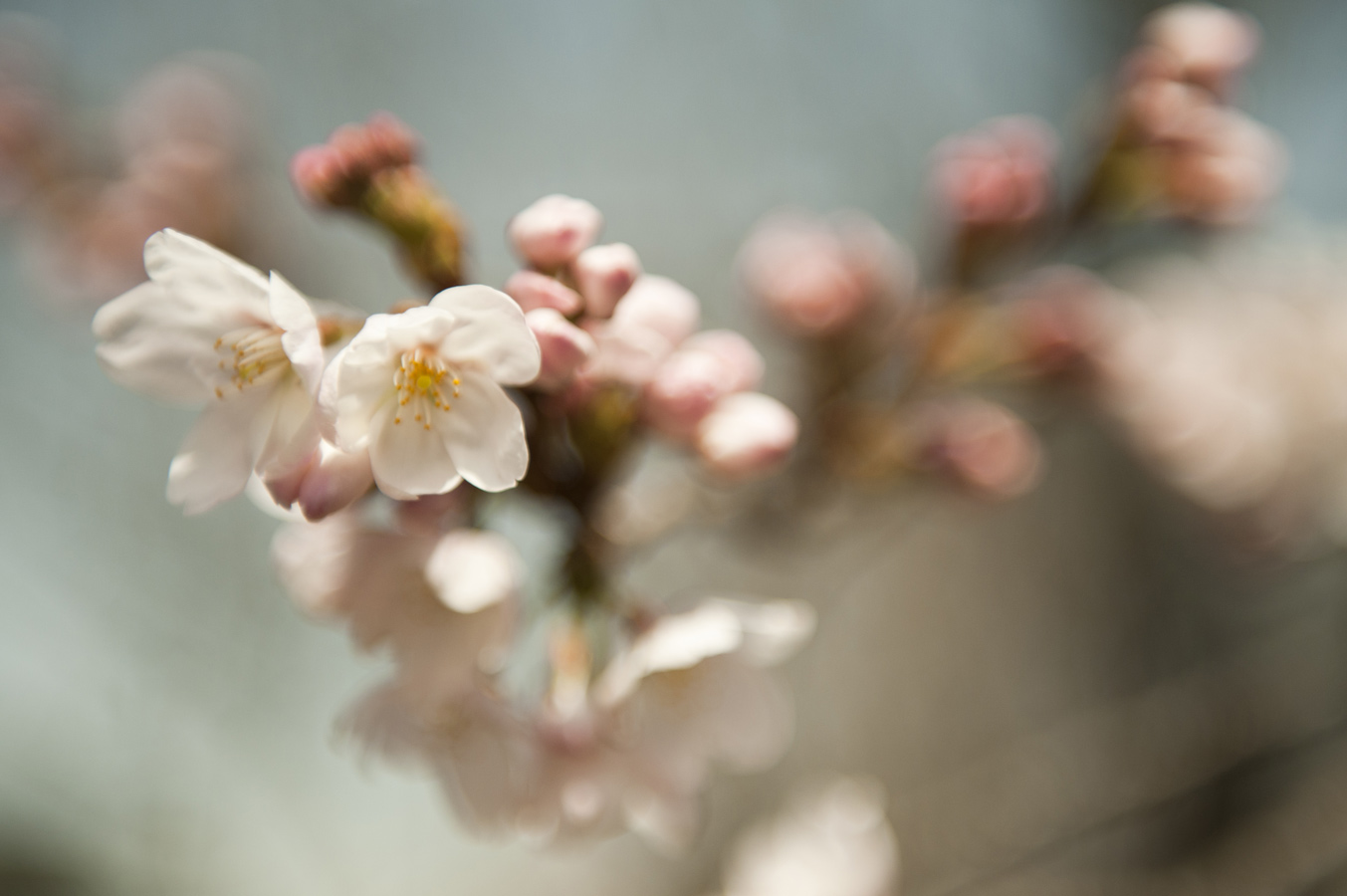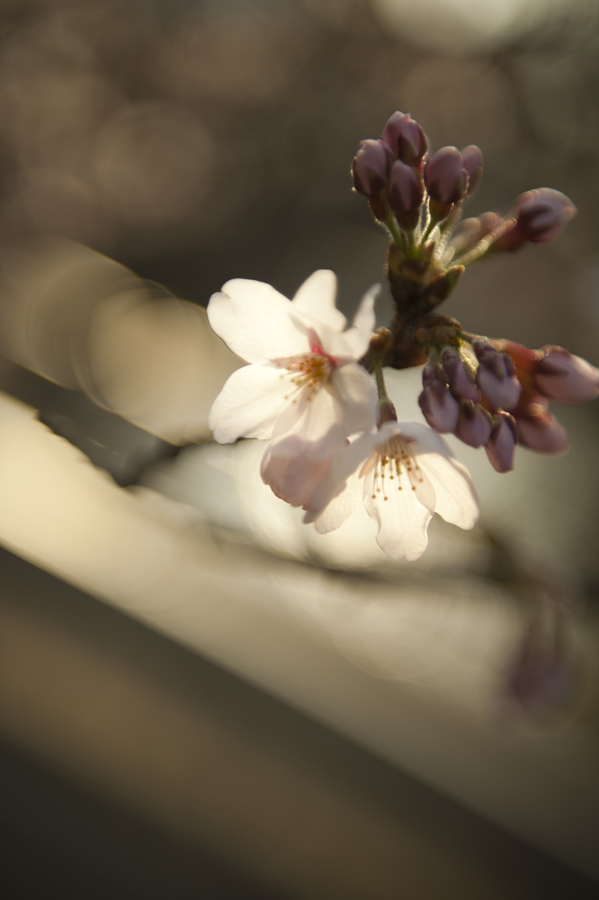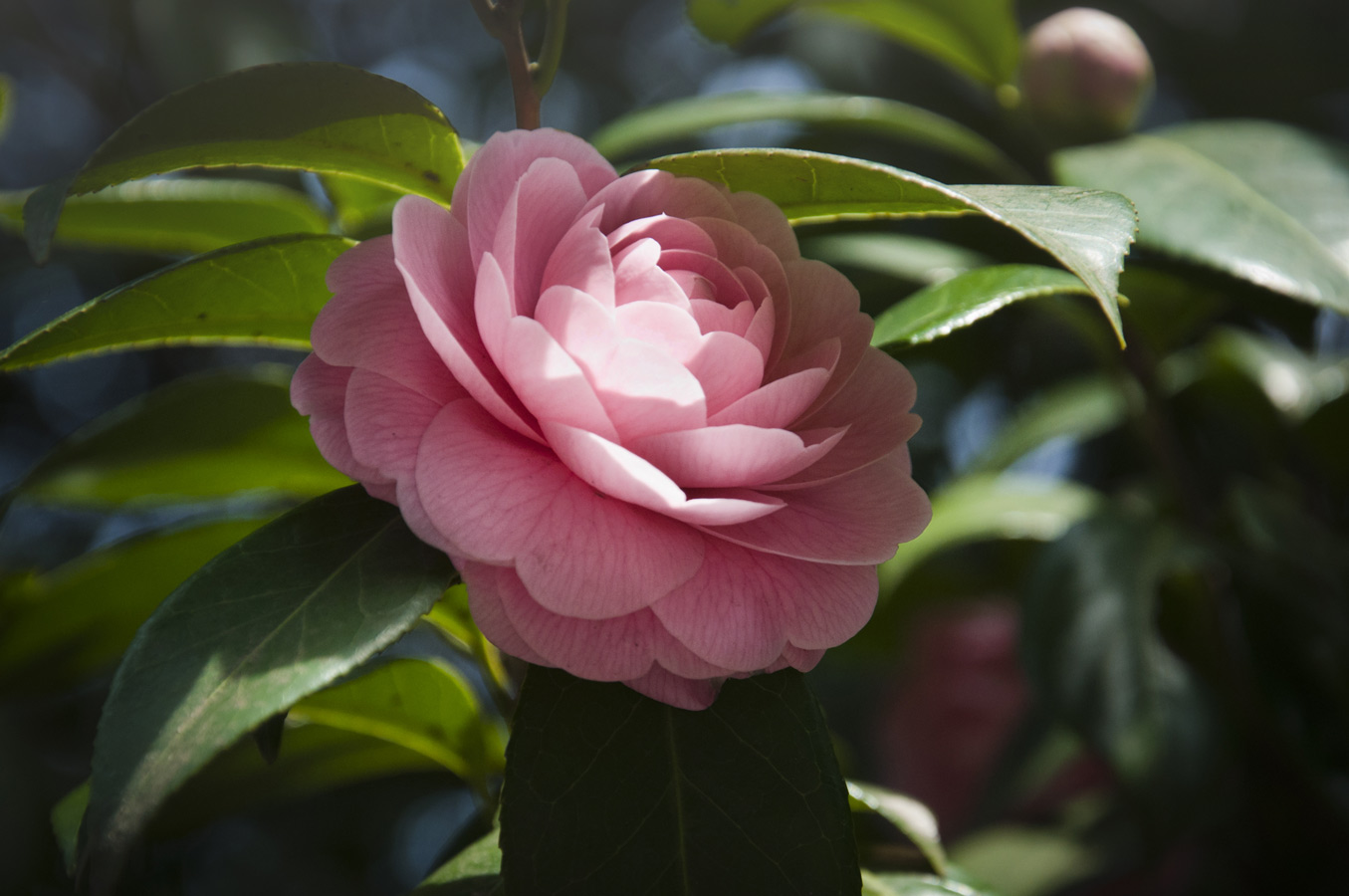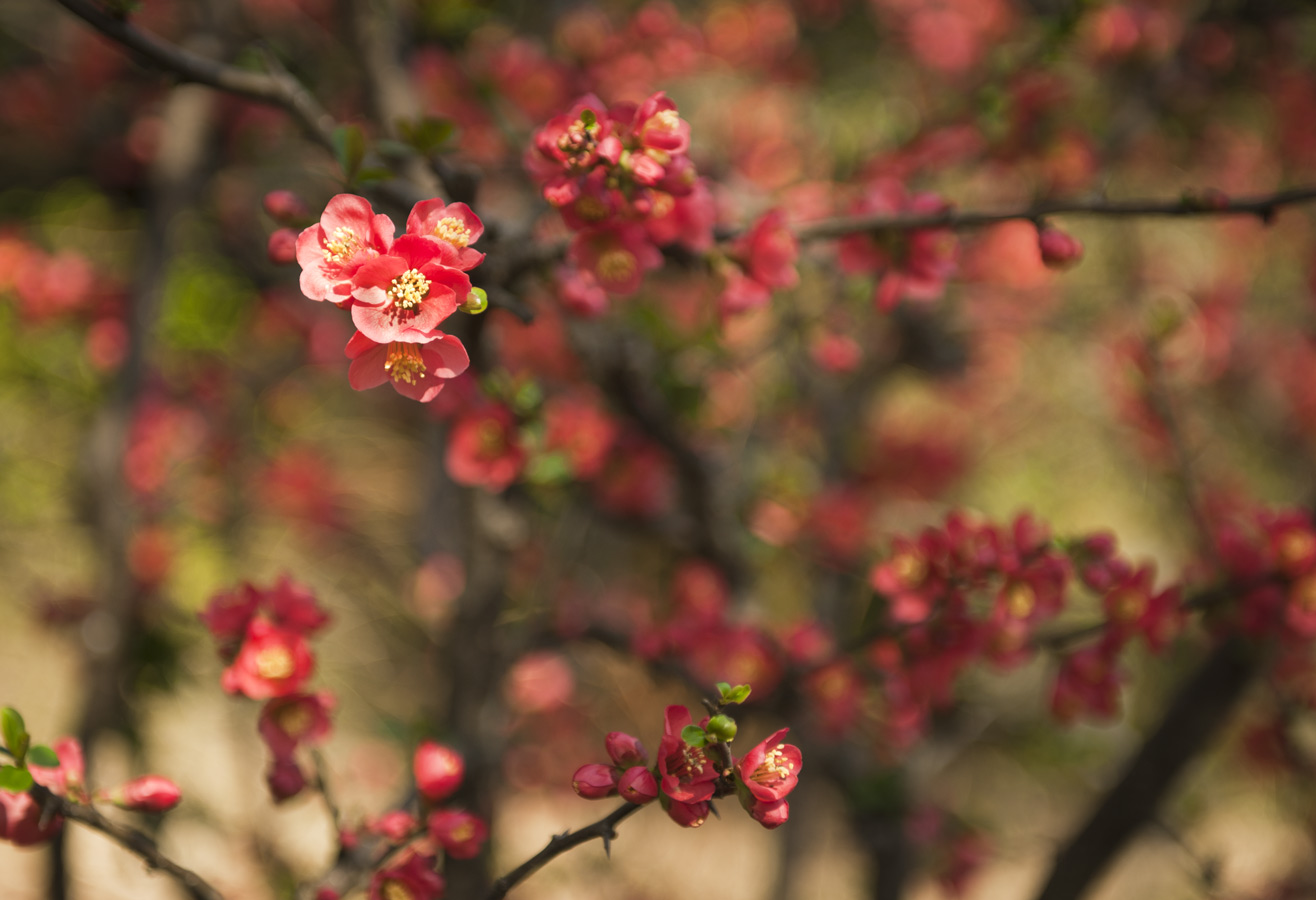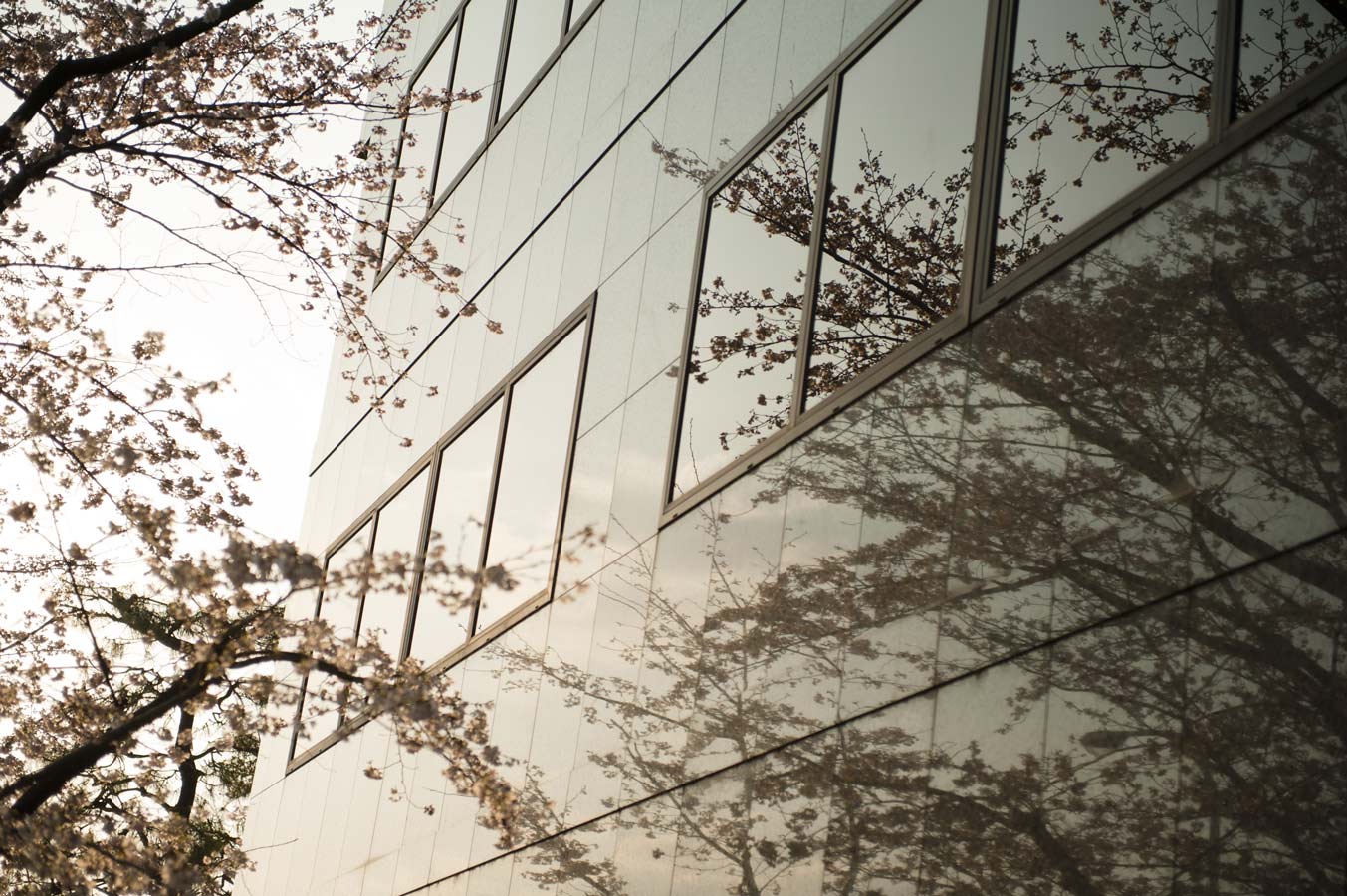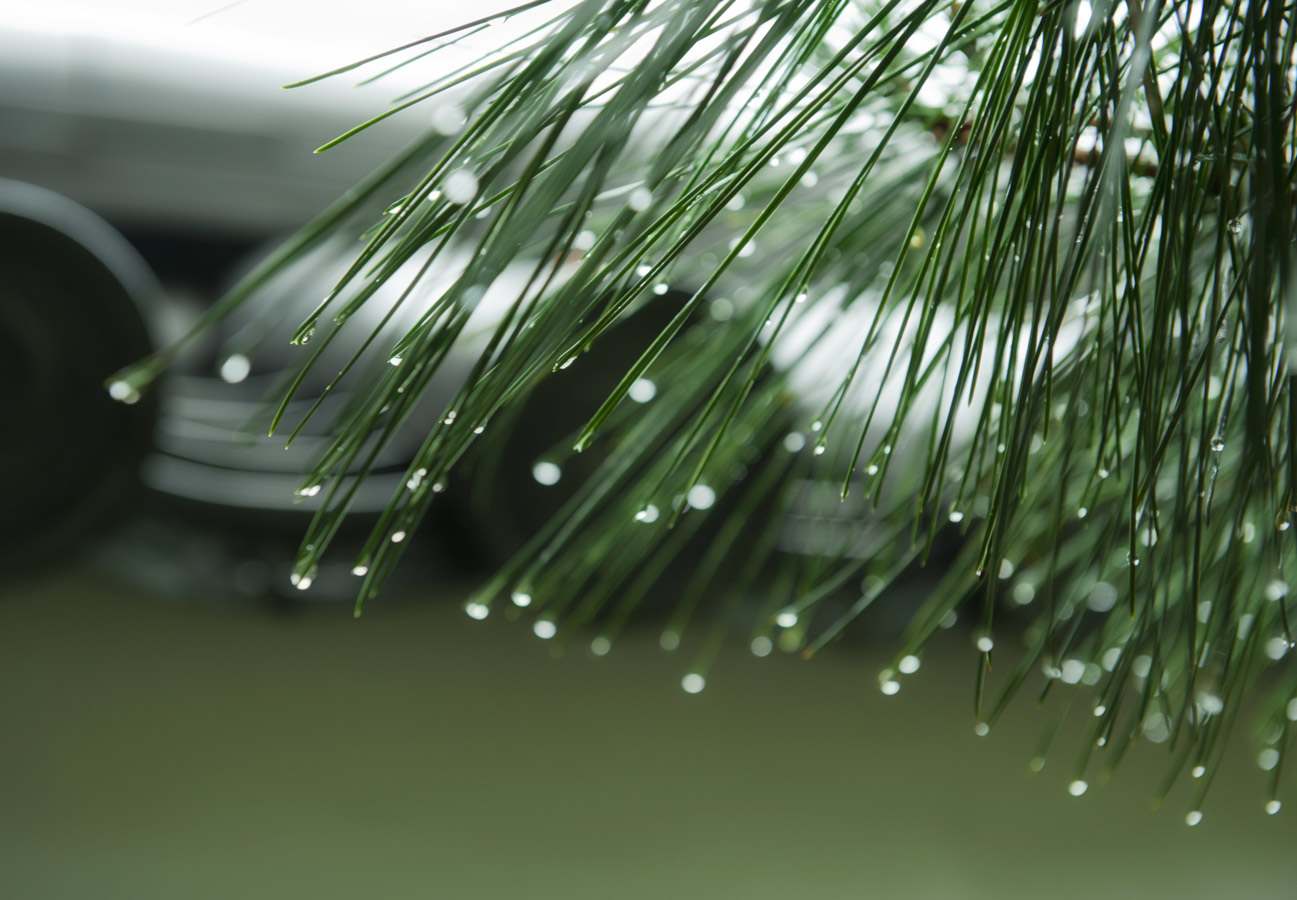Photographing Flowers
I've been told by more than one serious photographer how much they hate this kind of thing. I actually love photographing flowers. For some, the kind of images associated with flower photography are right there among the other photographic cliches with the kittens, the soft toys, the cups of frothy coffee, the lurid sunsets, the photographs of legs or feet and those selective colour images. So its not cool to photograph flowers? Well I disagree, and I'll tell you why.
Flower photography is great training for portraiture work. Why shouldn't we consider a flower as a portrait? Flowers don't tend to move around (unless it's windy). They don't need a hairdresser, make-up artist or stylist and their location and lighting for the most part is already a given, unless you impose further modifications upon their environment. So, in a way, they are the ideal subject - since they offer themselves without conditions and, you, have to adapt to them - which is the polar opposite to what happens when you shoot with a model. In his book on black and white photography, "From Oz to Kansas" Vincent Versace says:
For me great photographic lessons were learned from shooting both portraits and landscapes. What I learned is to shoot my landscapes like portraits and my portraits like landscapes. When I photograph a flower, am I not taking the flower's portrait? When I photograph a person, is it not the objective, with one frame, to lay bare the essence of that person in one instant? Most successful portraits and landscapes are the ones in which those things happen.
Perhaps one of the reasons why flowers in photographs are considered a cliche, is because their image is seen as too easily accessible. Their universally agreed upon, seen-a-billion-times before-beauty is immediate and easy to "understand". It is not challenging or difficult to spot the beauty they portray. They represent a fast-food of beauty and are what blooms easily within a mind devoid of imagination. They don't need an extensive visual repetoire to "get" them. We have become desensitised to them. Surely, therein lies the challenge in photographing them?
What makes images more successful, is bringing life experiences and a knowledge base of techniques to the table. This allows you to create an image which reflects what you felt when you were taken by the moment. Vincent Versace.
Once again it seems like the adage: "its not what you do - it's the way that you do it", applies. I was prompted to write this piece, after posting flower photographs on my Facebook page and receiving a comment from a friend who is a novice photographer. She dismissively "liked" this album, with a comment along the lines of: "these are only 'good' because of the time you spend in Photoshop with them later, right?" Wrong! I did happened to superficially edit them in Adobe Lightroom but other than that, they were straight from the camera. For the most part the images had that: "fairies- at -the -bottom -of- a [tropical] garden -dreamy -look" because of the particular lens used. It's all about the blur, you see. Softening and blurring a background is a more sophisticated, subtle way of making one contrasting sharply focused spot in an image to be important, than using selective-colour is.
The arrival of a small 50mm f1.4 lens in my life was a big thing. It represented some kind of photographer's rite of passage at the time . Not only do you get to discover a secret weapon for low-light photography but suddenly you find yourself able to shoot just about anything in all kinds of dubious light, using only hand-held shooting.. As a direct result of this feeling of invincibility; the novelty that you have to focus with it by moving your body position, is not such a big deal. Then there is the added kudos in the myth that it is also "the street photographers lens", presumably for the reasons just stated and its diminutive size (but also perhaps due to its compatibility with 35mm film cameras). If you are teetering on whether to buy one, then stop teetering and go buy one immediately and get it out of your system.
Rejecting flowers is behaving like an elitist photographer. I am sure that Edward Weston was not caught in a dilemma about whether it was cool or not that he should be photographing a bell pepper, nor would Imogen Cunningham have thought twice about selling out or creating limitations for herself, when she shot her flower images. The history of photography is a veritable garden in bloom with such figures: Jan Groover, Ron Van Dongen, and Andre Kertesz to name but a few.
Having a background in Art and being an Art educator, has been great. It means that I can strive to help others bypass the quagmires of elitist bullshit, dense fogs of academic language and stagnant pools of mysterious intellect, that surround being able to access Art -so that we can just get on with appreciating it and making it. I mention this, because we have lots to learn from artists inspired by flowers. Georgia O' Keefe's response to flowers being a wonderful example. Her life and work was inextricably linked to photography which gave her the compositional go-ahead for her often misunderstood flower studies.
For all the nay-sayers who carp on about: its just not manly to shoot flowers! They are not saying anything, and we have seen all of this before! Along with : Isn't it time to grow up and leave the 50mm behind? I quote Edward Weston to you:
I would say to any artist. Don't be repressed in your work, dare to experiment, consider any urge, if a new direction all the better.
For centuries flowers have been used as visual metaphor and symbols to convey just about every facet of the human condition. Why not nowadays too? It has to also be said that flowers can represent a kind of visual place setting to a specific world location or culture.
And for those who are still wondering what on earth I am on about. A blurred background (whatever the subject matter may be ) is something that you can create by switching to 'Aperture Priority Mode' on your camera. You can achieve this with almost any lens but it is best achieved with a 50mm which can open to a very wide or large aperture. (Aperture being the size of the "pupil" inside the "iris" of the camera lens). Confusingly, A small numerical aperture like: f/1.4 means a bigger hole (or pupil size) through which light passes through the lens. The bigger this "hole" in the lens is -the shallower the depth of field in the image is. The resulting de-focusing of elements in the background is created by the narrow focal range. If you set whatever lens you may have to any value at or below f/3.5 you should be able to get a blurred background, which separates the subject you are focusing upon from it. If your lens allows and you also zoom in as much as possible, while opening up the aperture as much as possible and get as close as possible to your subject it helps. Zooming-in creates zoom compression, which brings the background closer, thus increasing the blur. I particularly like the painterly effects created in these blurred backgrounds.
Of course I use Photoshop in my workflow. However sometimes Adobe Lightroom hits the spot quickly, by helping to explore a range of creative options before committing to a longer retouch in PS. Lightroom presets are worth exploring and creating. It's good to use a painterly approach with images of flowers. Perhaps I am old fashioned? - Or perhaps, I just don't care what you think? I am fond of the soft-focus, blurry, dreamy images of flowers, which transport us to the photographic-equivalent of listening to a certain Robert Burns poem being read aloud, after a few intoxicating drams.
Slainthe!
All images in the main body of this article were shot at Singapore Botanic Gardens, 2015. These images were shot with a Nikon D700 with either a Nikon 50mm f/1.4 AF D lens or a Nikon AF-S 24-70mm f/2.8 G ED lens and post-produced in Adobe Lightroom 4.
Photographs in the slide show are from Japan, 2012. They were shot with a Nikon D700 with either a: Nikon 50mm f/1.4 AF D lens or a Nikon AF-S 24-70mm f/2.8 G ED lens. They have been post produced in Adobe Photoshop CS5.














